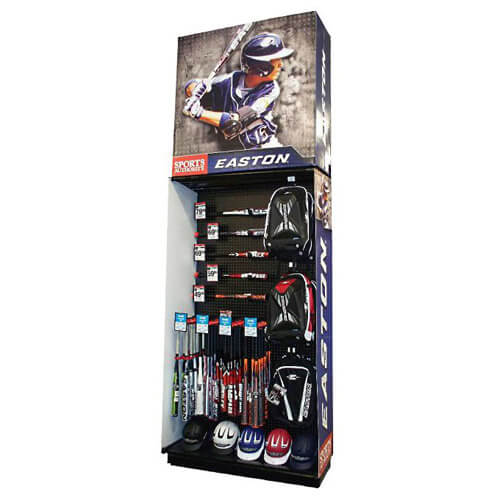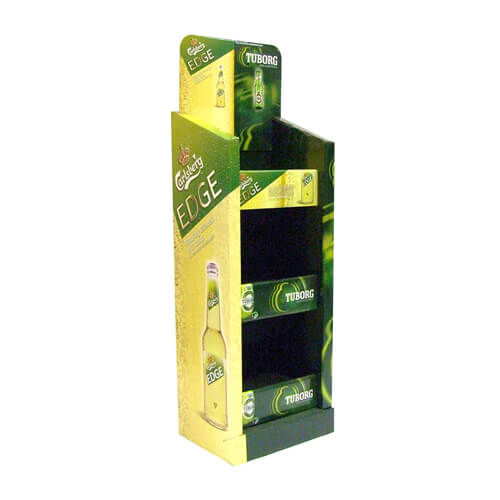DIY Lollipop Display Stand
By Shenzhen Topwon Group Co.,Ltd
Jul 01, 2024
DIY Lollipop Display Stand Project – An Integrated STEM Approach

Preparation Phase
- Scientific Exploration (S):
Investigate different dessert stand structures, understanding how the “wider at the bottom, heavier below” principle contributes to stability.
Observe and discuss the load-bearing capabilities of various materials in preparation for selection.
Technical Planning (T):
Create a design blueprint, outlining dimensions, tiers, and a materials list.
Select appropriate tools such as scissors, rulers, glue, and innovative reinforcement materials like yarn and clay.
Construction Process
- Engineering Design (E)
- Base Construction: Utilize round paper plates as the base, leveraging their natural shape for added stability. (Mathematical Application M: Measure the diameter of the plate to ensure the base can support upper tiers’ weight.)
- Structural Assembly (E+T)
- Following the design blueprint, construct a frame with wooden sticks, ensuring adequate spacing between layers to accommodate different lollipop sizes. (Technical Application T: Choose suitable joining methods, e.g., using yarn to bind sticks, to guarantee a tight structure.)
- Strengthening & Stability (S+T)
- Incorporate clay at connection points to enhance overall structural stability. (Scientific Application S: Explore the effect of clay quantity and placement on stability.)
- Reinforce the base further to ensure it can bear the weight above. (Mathematical Application M: Calculate and distribute weight to maintain overall balance.)
- Detail Finishing (E+M)
- Secure paper plates in place with double-sided tape and transparent tape, maintaining a level and robust structure between layers. (Mathematical Application M: Measure and mark adhesive points for an appearance that is both aesthetic and functional.)
- Testing & Adjustment (S+E)
- After initial assembly, gradually place lollipops to test stability, making adjustments as necessary. (Scientific Application S: Observe changes in center of gravity upon lollipop placement and modify the design for optimal stability if needed.)
Completion & Reflection
Presentation & Evaluation (S+T+E+M)
Showcase the completed lollipop display stand, discussing the integration and impact of STEM elements within the design.
Analyze the most successful design aspects and identify areas for improvement, summarizing lessons learned.
Through these steps, students not only create a visually appealing and functional lollipop display stand but also gain profound insights into how science, technology, engineering, and mathematics apply to real-world problem-solving, fostering interdisciplinary thinking.
Trusted by These Featured Clients

















